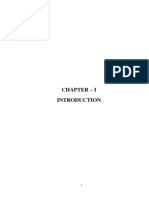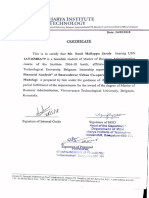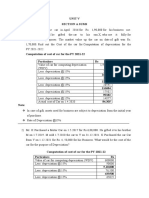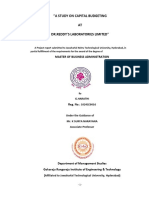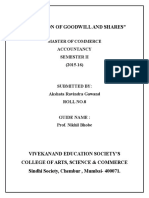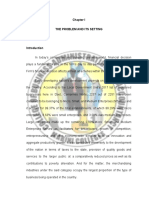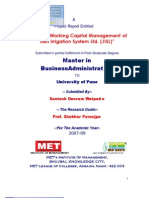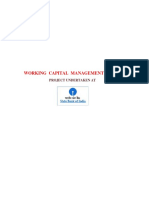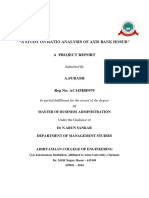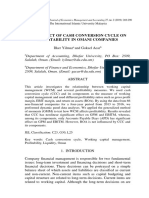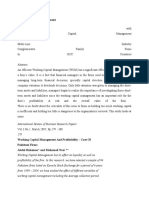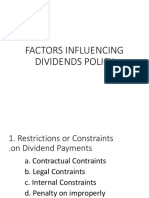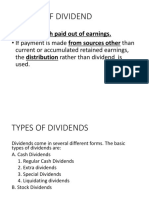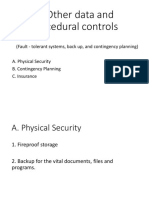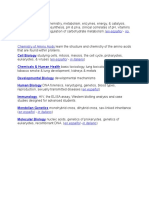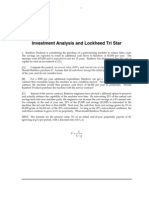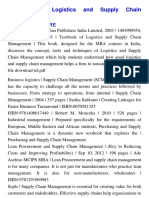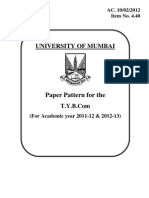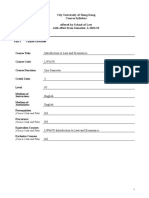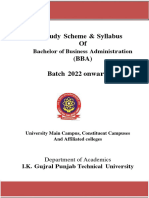100% found this document useful (1 vote)
2K views2 pagesTheoretical Framework
The document discusses the theoretical framework of the circular cash flow concept of working capital. It states that this concept emphasizes the cash conversion cycle of a firm, including the time it takes to pay for inventory, collect cash from customers, and pay debts. The cash conversion cycle equals the inventory conversion period plus the collection period minus the payable deferral period. The concept is significant to a study on the effects of working capital management on small and medium enterprise profitability in Rizal, Philippines, as working capital can be measured by cash, accounts payable, and inventory cycles. The document also lists two null hypotheses for the study: that respondents' perceptions of working capital management's effects on profitability do not differ based on personal
Uploaded by
lezzzzhhhhaaabaybCopyright
© © All Rights Reserved
We take content rights seriously. If you suspect this is your content, claim it here.
Available Formats
Download as DOCX, PDF, TXT or read online on Scribd
100% found this document useful (1 vote)
2K views2 pagesTheoretical Framework
The document discusses the theoretical framework of the circular cash flow concept of working capital. It states that this concept emphasizes the cash conversion cycle of a firm, including the time it takes to pay for inventory, collect cash from customers, and pay debts. The cash conversion cycle equals the inventory conversion period plus the collection period minus the payable deferral period. The concept is significant to a study on the effects of working capital management on small and medium enterprise profitability in Rizal, Philippines, as working capital can be measured by cash, accounts payable, and inventory cycles. The document also lists two null hypotheses for the study: that respondents' perceptions of working capital management's effects on profitability do not differ based on personal
Uploaded by
lezzzzhhhhaaabaybCopyright
© © All Rights Reserved
We take content rights seriously. If you suspect this is your content, claim it here.
Available Formats
Download as DOCX, PDF, TXT or read online on Scribd
/ 2







